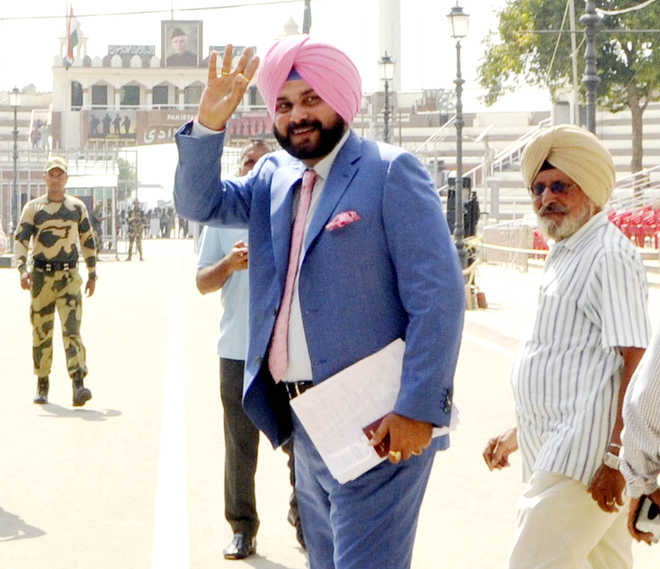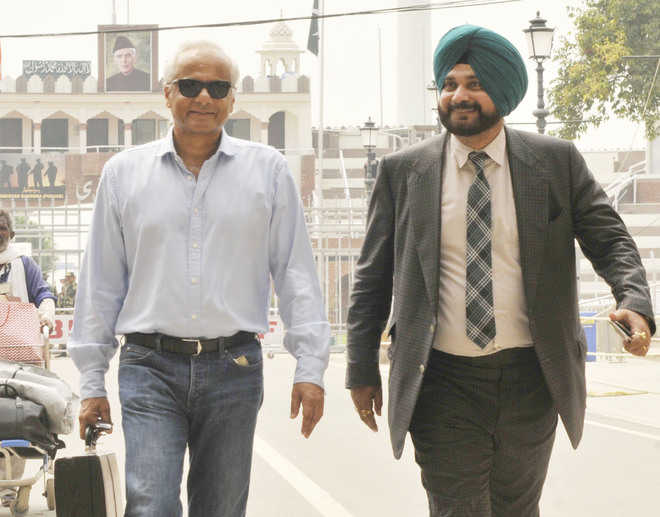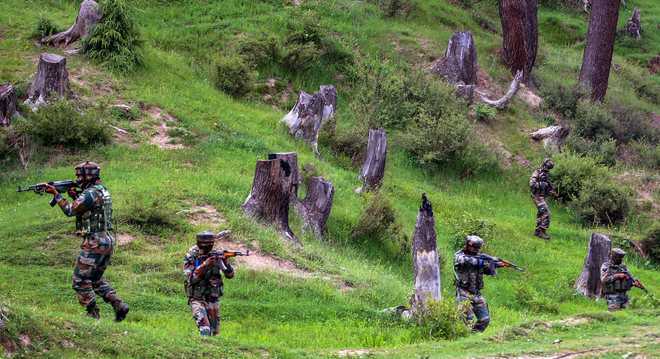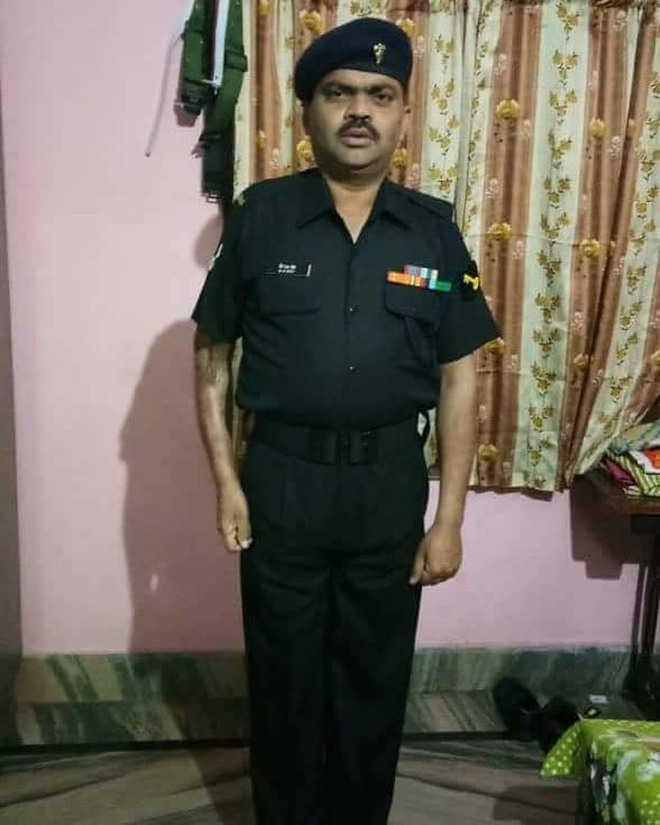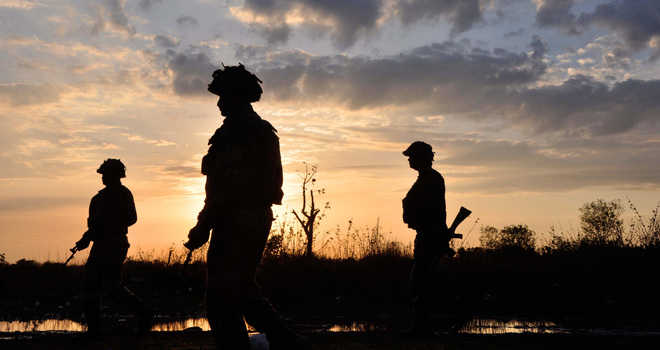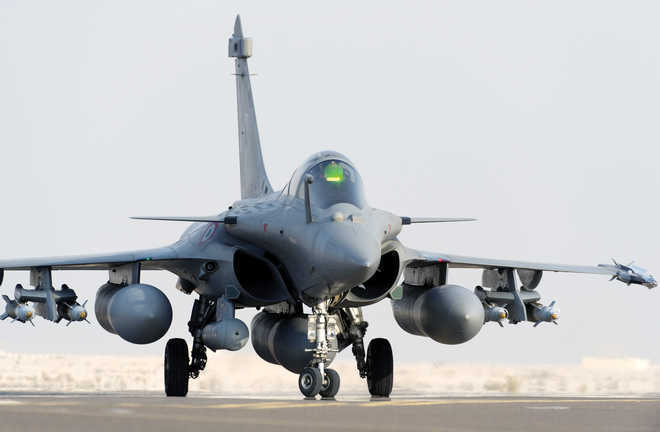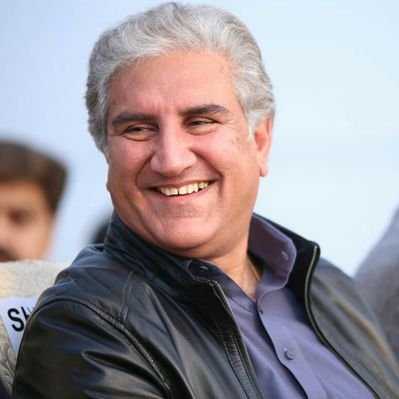
Col Avnish Sharma (retd)
Interesting diktats lately issued by Army Chief Gen Rawat include a radical shift in diet pattern of jawans and selective ban on golf. There is also a talk to do away with the Brigadier rank in a fresh restructure attempt. The General is a well-meaning guy. His recent utterances might fulfil the former two objectives, but whether the third one meets his quest shall be debatable, since to us veterans, all three of his resolves may die a natural death.Puris and pakoras are a staple for our troops. My second-in-command, an upwardly mobile fellow, during an eventless lull, trooped into my office. ‘Sir, don’t you think we need to transform the diet pattern?’ Now, that sounded out of the box. ‘Tell me, have we had health issues with the boys?’ I was concerned. ‘No, Sir. It may occur in the future and moreover, we need variety in the fare.’ I was relieved and gave the go ahead and forgot about it. The first one to observe the change was my wife. During a welfare meet with soldiers’ families sorely missing the pakoras, when she enquired about their absence, the Risaldar Major’s wife expressed her woe, ‘CO sahib ka hukam hai madam.’ I brushed aside the predicament of my wife since the change was meant for our soldiers and the peripherals would fall in place with time.
The same evening, during a function, the CO of the neighbouring unit came to me with a concerned look. ‘Are there any disruptions in supplies of rations in your unit?’ ‘Not that I know of,’ I was sceptical, ‘why do you ask?’ ‘A lot of your jawans cross over to my unit for breakfast!’ The second-in-command’s innovative move saw its end that very moment.Our GOC was a thorough professional, but somewhat eccentric. One saw him at regular morning walks but he despised golf, golf course and golfers. To reiterate his conviction, he would often echo his conversation with a group of officers’ wives, who he referred to as ‘golf widows’— ‘We would rather prefer our husbands having an affair than play golf!’ Most of us were convinced that this dialogue was self coined.
Our weekly golf round was threatened when he contemplated turning the golf course into an obstacle course, when suddenly there was a pleasant buzz. His son, studying abroad, had turned into an accomplished golfer and was coming with his golfing friends to enjoy the exquisite course. Golfers in station heaved a sigh of relief when the GOC started echoing a fresh sermon, ‘Golf is an enriching game which exercises your body and mind. It has unmatched therapeutic benefits!’Prasads and we are long-time friends. Mrs Prasad is a diehard believer in astrology. An astrologer had predicted that her son, a young Army officer, would reach the rank of a Brigadier. With the proposal to do away with the rank, she is all set to lose faith in her erstwhile belief. Alas.








